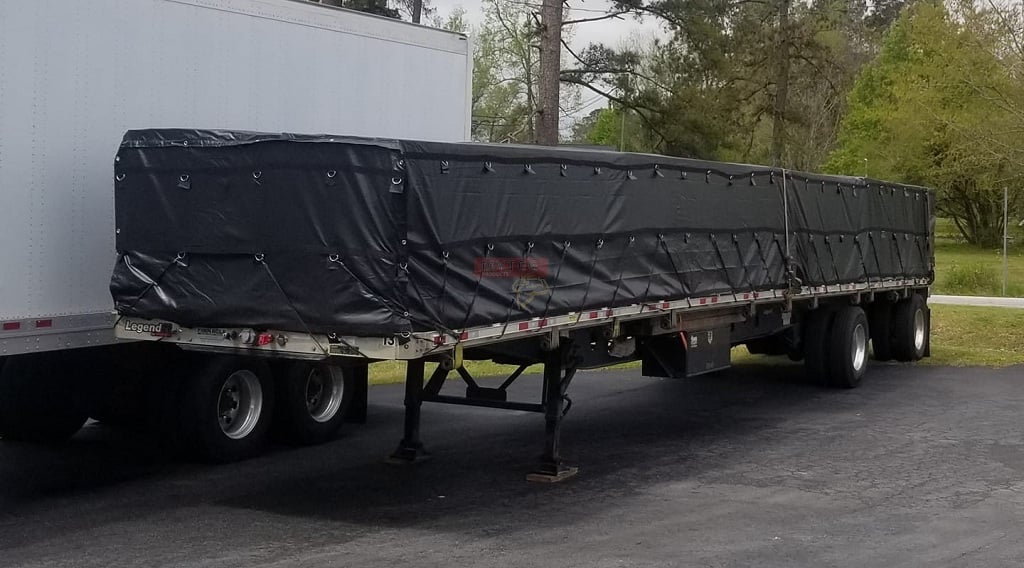As the sun comes up on the Bitterroot National Forest in Montana, the trucks are already lining up on one of several logging roads now active in the forest. Those trucks, and their drivers, are waiting for loads of lumber to be carried to a sawmill in Seeley Lake and other logging towns nearby. Up to 10 trailers haul between 40 and 45 logs out of the forest every day. It’s all flatbeds and lumber tarps in Bitterroot, as it has been for decades.
The section of forest being worked at the time this blog post was written covers 165 acres of ponderosa pine. It is but a drop in the bucket when you consider the more than 1.58 million total acres the forest covers. Every one of those acres is systematically thinned as part of the federal government’s forestry management strategy. By the time the entire forest is thinned appropriately, it will be time to turn around and start all over again.

Forestry management is an important part of keeping the trees in the Bitterroot National Forest healthy and productive. All trees need plenty of sunshine and nutrient-rich soil, but ponderosa pine is especially needful. When forests are not properly managed, overly-dense pine groves can fall victim to insects, disease, and lack of enough sunlight due to the thick forest canopy. And, of course, forests that are not properly managed are always prone to devastating fires as a result of lightning storms.
Every trailer of logs and lumber tarps represents another acre of forest land properly managed by thinning. It is a way of life that not a lot of people understand. For the professional trucker, driving a truck along the quiet and narrow logging roads of Montana is quite a bit different from hauling a dry goods trailer down the interstate. There is nothing quite like it to those who do it.
Hauling Lumber Not Easy
Hauling cargo such as machinery and steel coil is comparatively easy next to lumber taken directly from a place like Bitterroot. In terms of the former, you simply hook up your trailer and go once your cargo has been properly secured and covered. Hauling lumber is decidedly different.
Preparing for the journey is pretty straightforward: Secure your lumber tarps, do your pre-trip inspection, and make sure any necessary paperwork is in order. That’s the easy part. The real adventure is bringing your rig out of the forest and onto the main highway. The thing about lumber hauling is that the logging roads truckers must navigate are not always straight and flat. In fact, rarely are they so.
It takes a very skilled truck driver to successfully navigate logging roads without damaging equipment or the lumber itself. Once a rig makes it to the main highway, life does get easier. But that does not mean the trucker no longer has to pay attention. The section of Montana where the crews are now working is well known for dense fog and icy roads – especially during the morning hours. The trucker has to be at the top of his/her game until the sun comes up and melts away the fog and ice.
Indeed, it is all about flatbeds and lumber tarps in the Bitterroot National Forest these days. All across the forest regions of Montana, Idaho, Washington, and Oregon there are logging crews and truck drivers working hard to harvest lumber as part of a responsible management program. At Mytee Products, we are proud to supply truckers with high-quality lumber tarps they need to keep things rolling.
Sources:
- Missoulian – http://missoulian.com/lifestyles/hometowns/productive-ground-lake-como-logging-underway-in-area-first-cut/article_554a8b49-3004-5544-bc4b-beb72a1e6270.html









